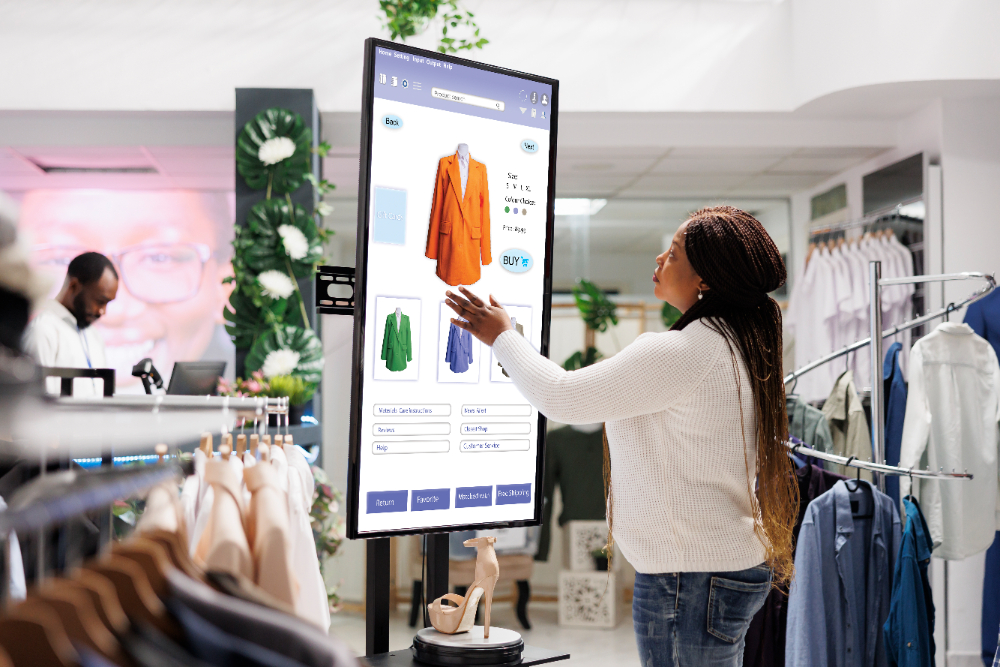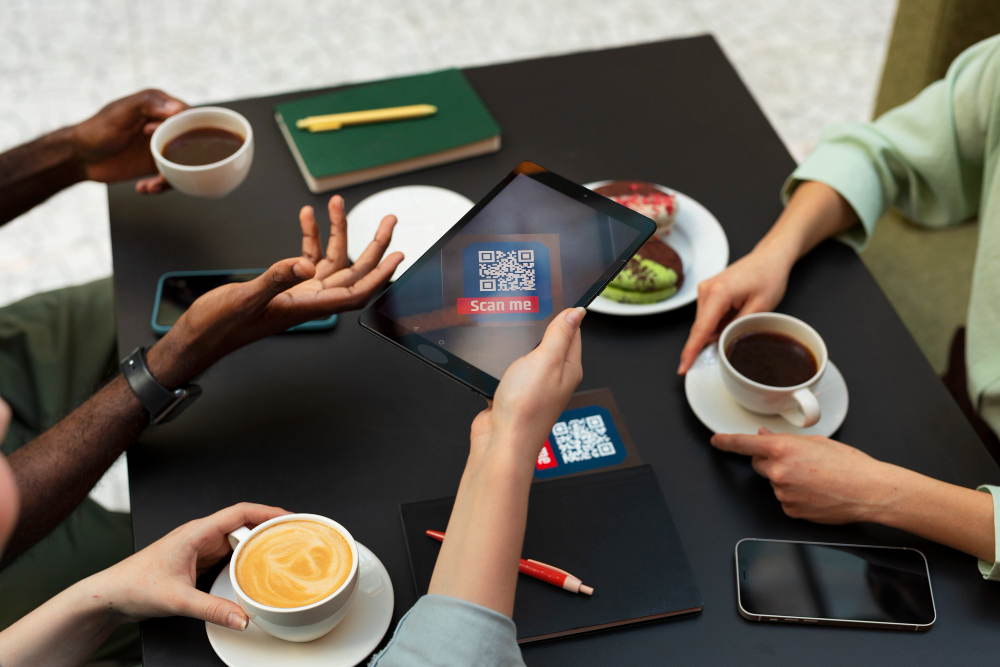
In a world where the lines between online and offline are increasingly blurred, businesses are exploring innovative ways to merge digital and physical marketing strategies. This hybrid approach not only enhances brand visibility but also creates cohesive, memorable customer experiences. By combining the strengths of both mediums, companies can engage their audiences more effectively and drive higher ROI. Here are some creative methods to integrate digital and physical marketing in 2024.
1. Interactive QR Code Campaigns QR codes have made a major comeback, becoming a bridge between physical and digital marketing. Businesses can place QR codes on printed materials such as flyers, posters, packaging, or even billboards. Scanning the QR code can lead customers to exclusive digital content, discounts, or interactive experiences. For instance, restaurants can place QR codes on table tents to allow diners to view menus or participate in loyalty programs. Retailers can include codes on product packaging to share tutorials, reviews, or augmented reality (AR) demonstrations.
2. Augmented Reality Experiences Augmented Reality (AR) is a game-changer for blending digital content with physical environments. AR applications allow customers to interact with products and services in immersive ways. For example, a furniture store could offer an app where users scan a printed catalog to visualize how items would look in their homes. Event organizers can use AR to enhance the attendee experience, such as enabling attendees to scan tickets for additional information or an interactive map of the venue. This fusion of physical marketing materials with digital interactivity captivates audiences and drives engagement.
3. Personalized Direct Mail with Digital Integration Direct mail remains a powerful tool when combined with digital personalization. Marketers can send physical postcards or letters featuring personalized URLs (PURLs) or unique QR codes that lead recipients to tailored landing pages. For example, an e-commerce business could mail a discount card to loyal customers, directing them to a special online sale. By integrating digital tracking mechanisms, businesses can measure the effectiveness of these campaigns and refine their strategies.
4. Social Media Hashtags for Offline Events Physical events such as trade shows, pop-up shops, or store openings can amplify their reach by incorporating social media hashtags. Encourage attendees to share their experiences online by providing branded hashtags prominently displayed on banners, merchandise, or photo booths. Adding digital incentives, such as a contest for the best social media post or offering exclusive online discounts to participants, helps create buzz and connect the physical event with the digital world.
5. Geotargeting with Digital Ads Geotargeting allows businesses to deliver digital ads to users within a specific physical location. This strategy is especially effective for brick-and-mortar stores aiming to attract nearby customers. By combining geotargeted ads with physical signage, businesses can create a seamless experience. For instance, a coffee shop could display a physical sign promoting their app with a special offer. When potential customers are in proximity, geotargeted ads reinforce the message, driving foot traffic to the store.
6. Digital Displays in Physical Spaces Digital displays such as LED screens or tablets in physical stores or events can showcase dynamic, interactive content. These screens can feature customer testimonials, product videos, or live social media feeds. Retailers can also integrate touch-enabled displays that allow customers to browse online catalogs in-store. This not only enhances the shopping experience but also bridges the gap between physical and digital offerings.
7. Gamification Elements Gamification combines fun and engagement with marketing. Businesses can use gamified experiences to link their physical and digital efforts. For instance, a retail store could create a scavenger hunt where participants find hidden clues in-store and enter their findings on a dedicated website to win prizes. Gamification fosters customer interaction, making the experience memorable and encouraging brand loyalty.
8. Physical-to-Digital Influencer Collaborations Collaborating with influencers often focuses on digital content, but physical components can make these campaigns stand out. For example, a brand could send influencers exclusive physical kits that include QR codes or NFC tags directing followers to online content. These kits can include branded merchandise, event invitations, or product samples, creating a tangible connection that complements the digital outreach.
9. Virtual Events with Physical Touchpoints Virtual events have become mainstream, but adding physical elements can make them more impactful. Sending participants physical event kits—such as branded notebooks, snacks, or merchandise—helps build excitement and a sense of connection. During the event, interactive digital platforms can enhance the experience through live polls, breakout sessions, and downloadable resources, creating a comprehensive hybrid experience.
10. Loyalty Programs that Span Both Worlds Loyalty programs can thrive at the intersection of digital and physical marketing. Retailers can issue physical loyalty cards that customers use in-store while integrating digital tracking through mobile apps. Rewards can be redeemed both online and offline, ensuring a seamless customer experience. For example, a coffee shop chain could offer a mobile app for tracking purchases but also provide physical punch cards for customers who prefer traditional methods. Combining both approaches caters to a broader audience.
Conclusion: Blending digital and physical marketing is no longer optional; it’s essential for creating cohesive and engaging customer journeys. By leveraging innovative techniques such as QR codes, AR, gamification, and personalized direct mail, businesses can amplify their impact and connect with audiences in meaningful ways. In 2024, the most successful brands will be those that embrace this hybrid approach, building bridges between the digital and physical worlds to drive growth and loyalty.


We value your privacy—your email address won’t be shared